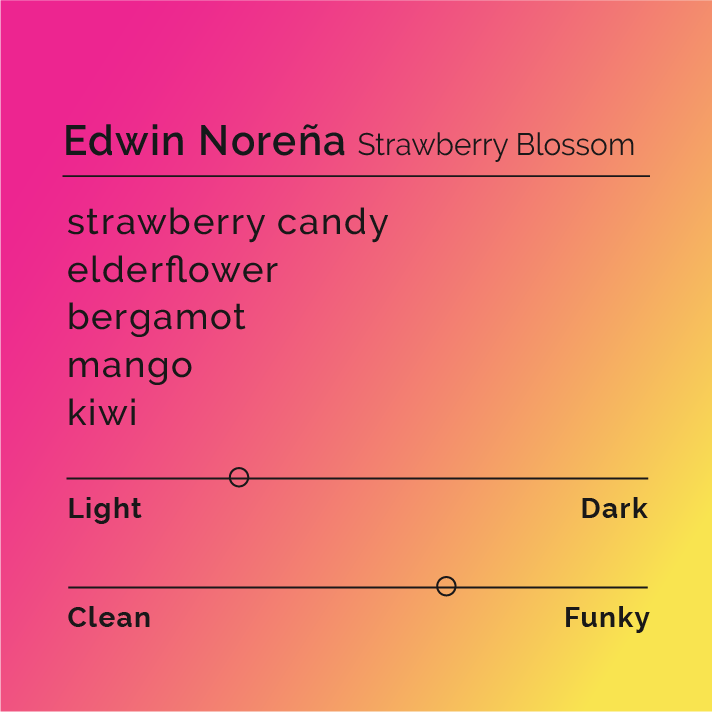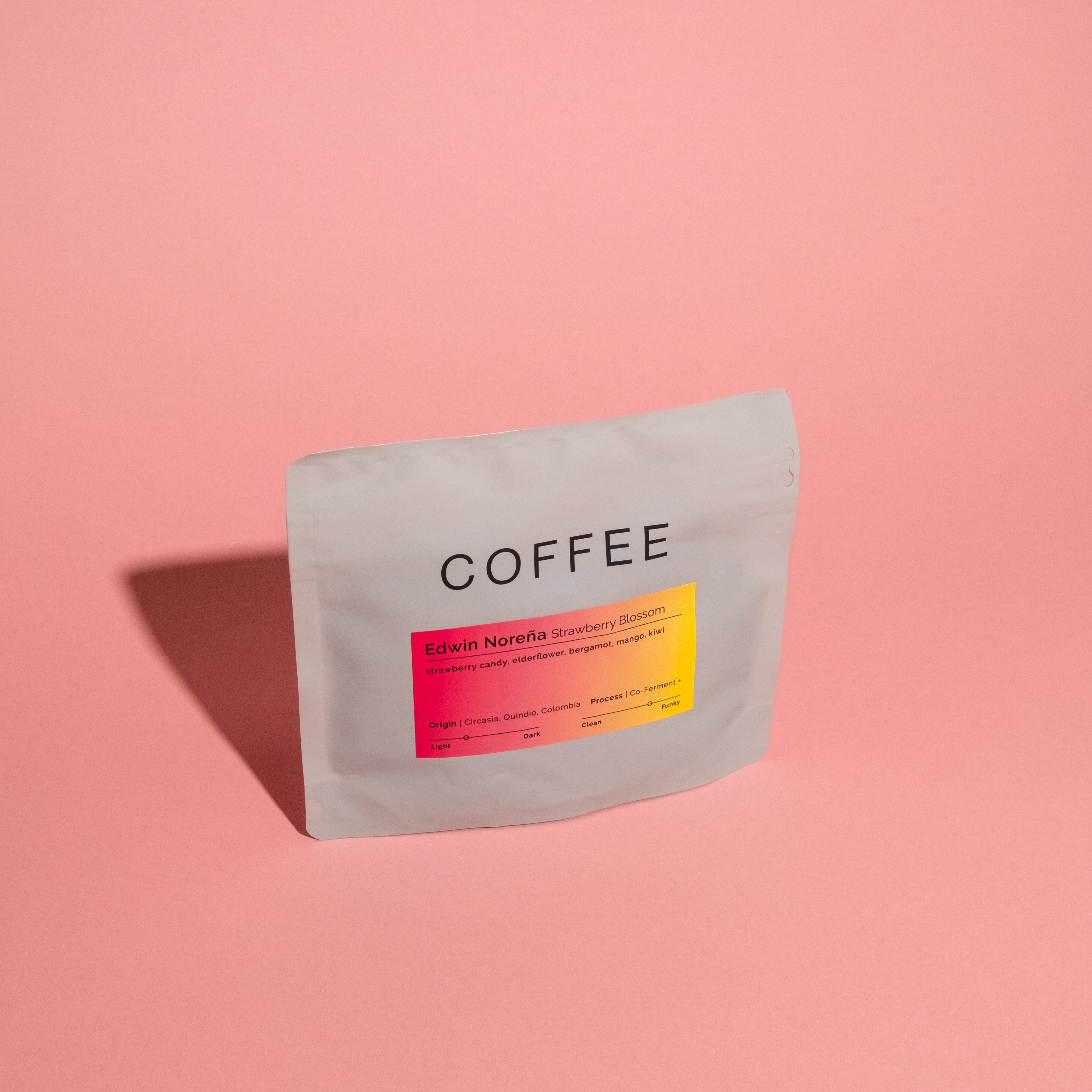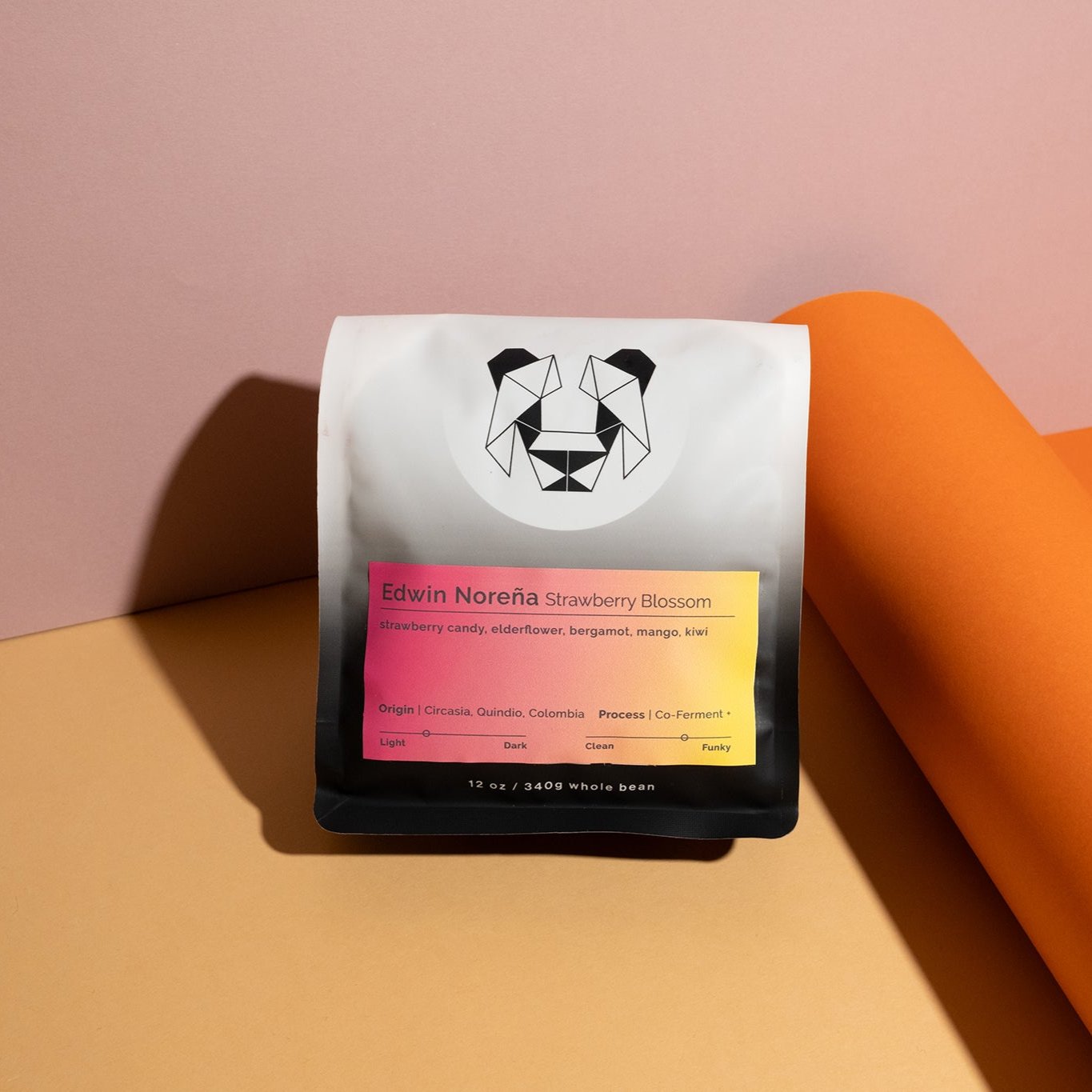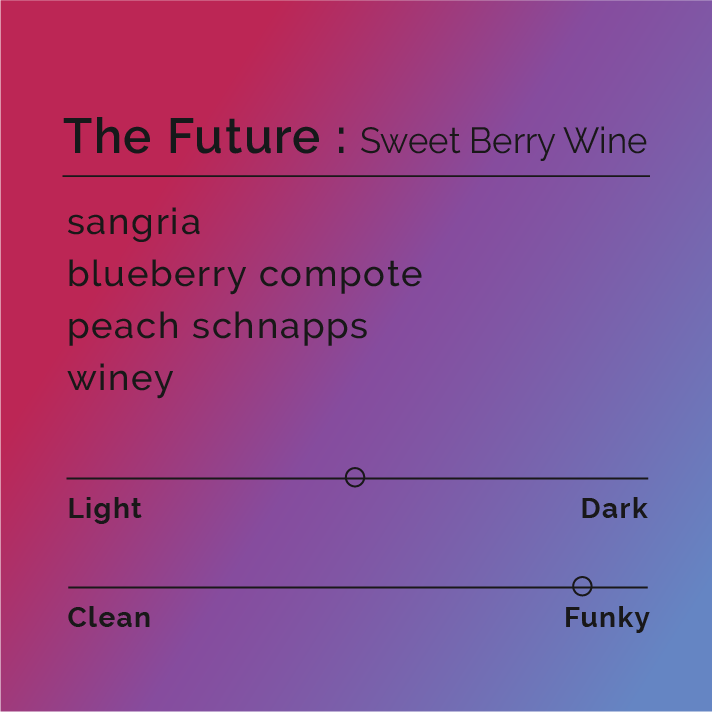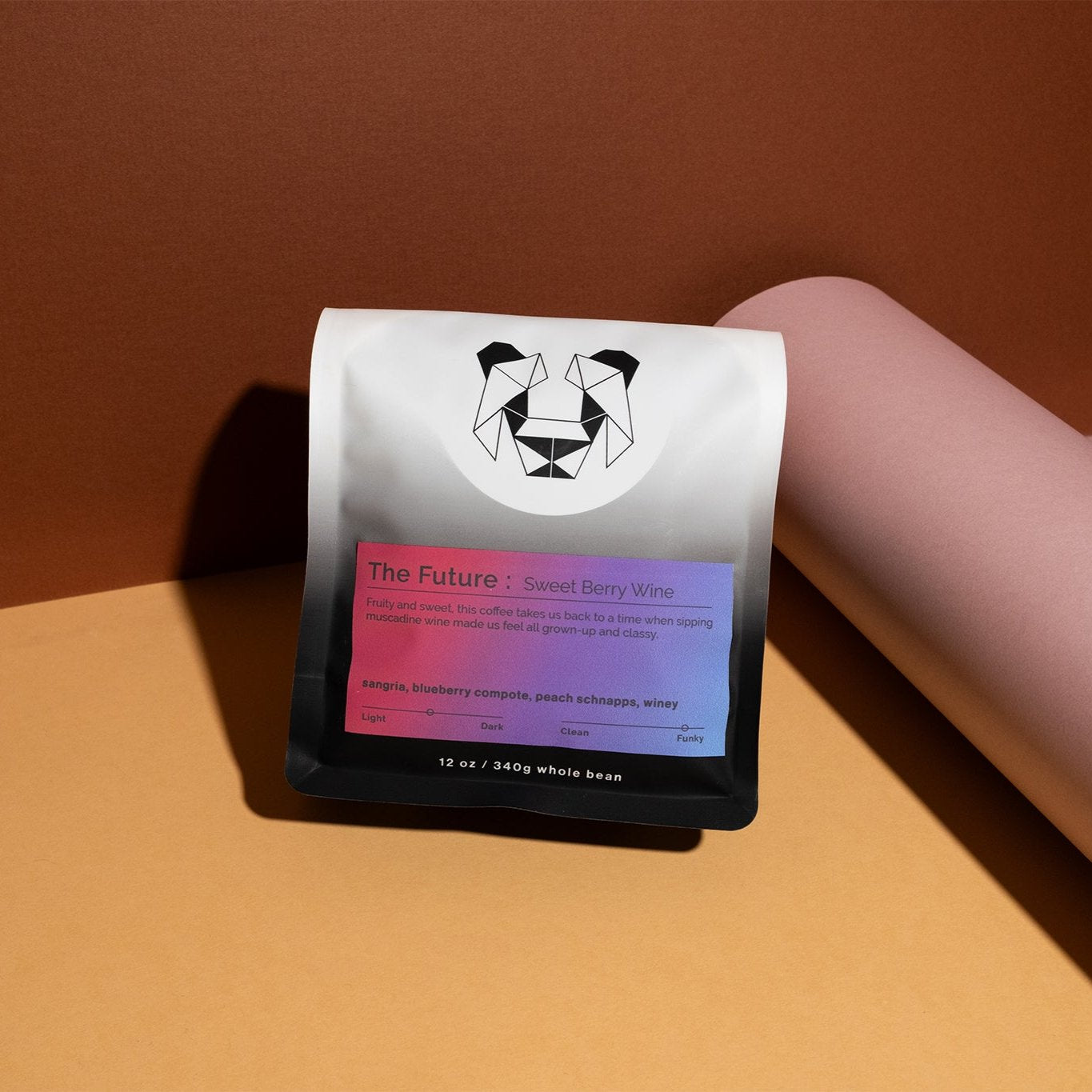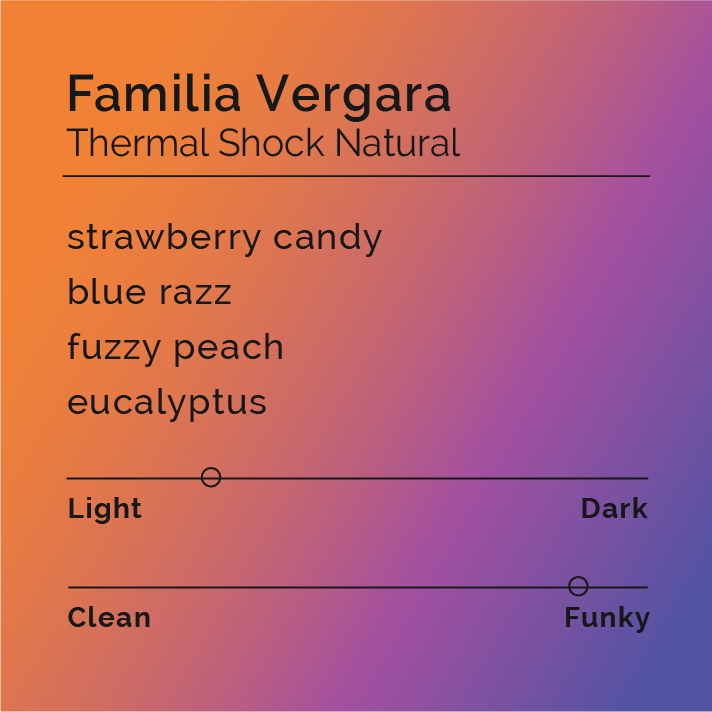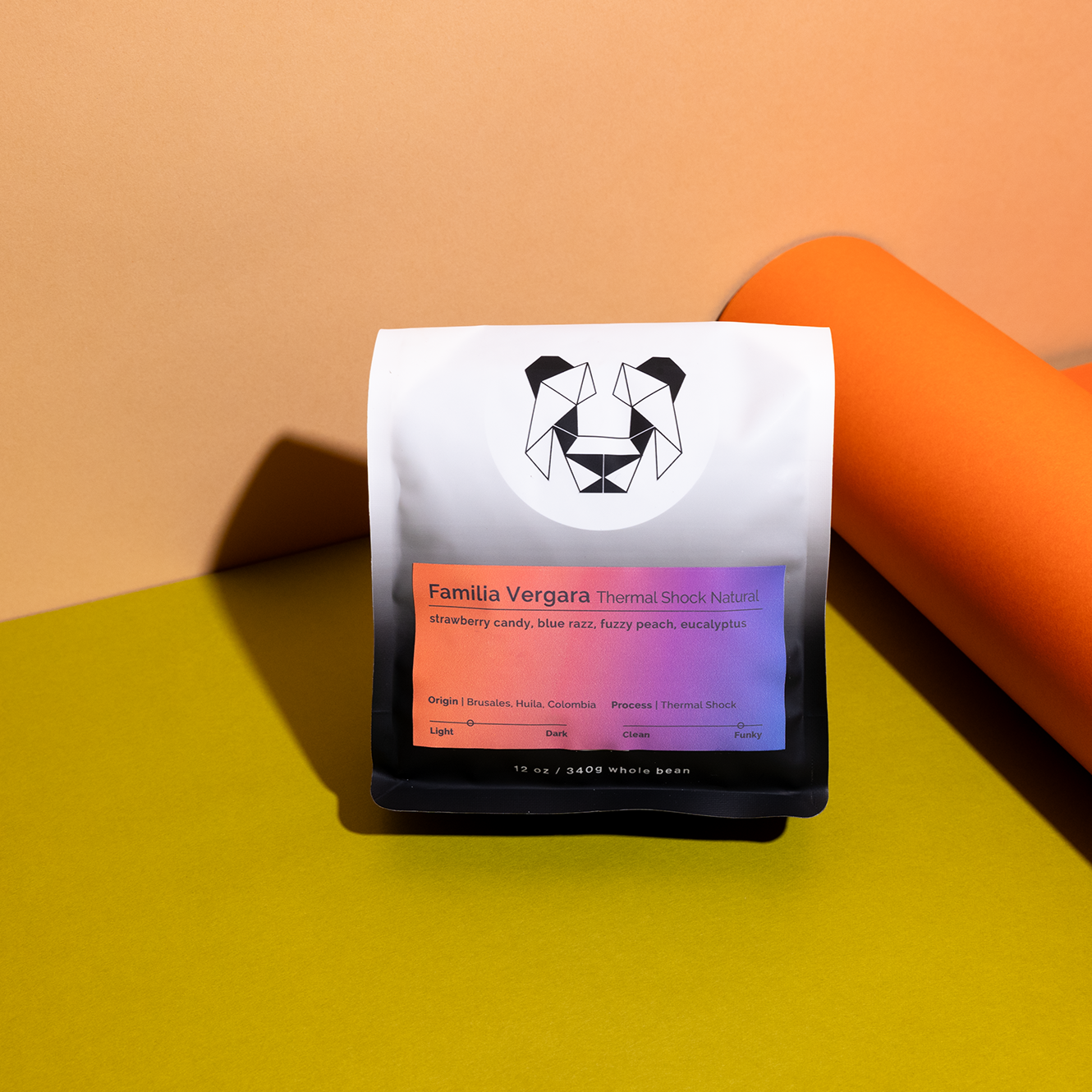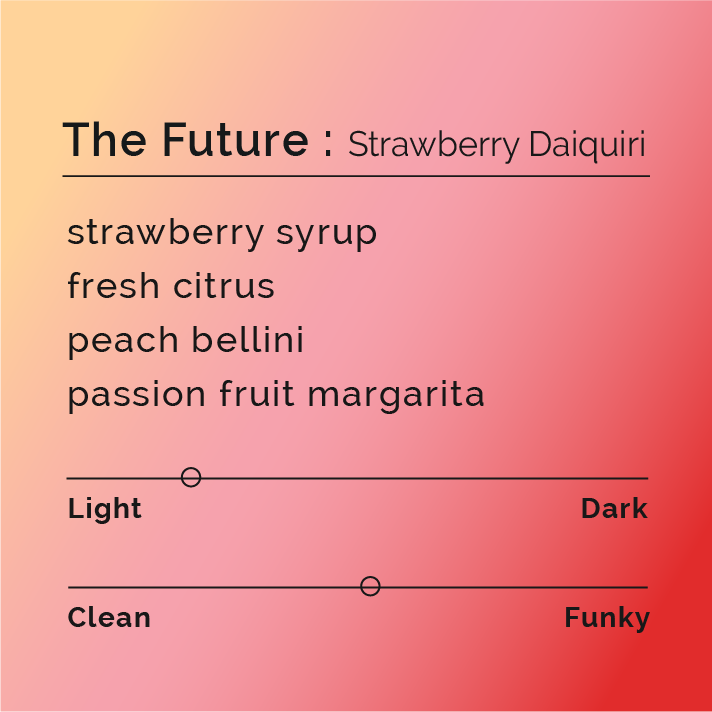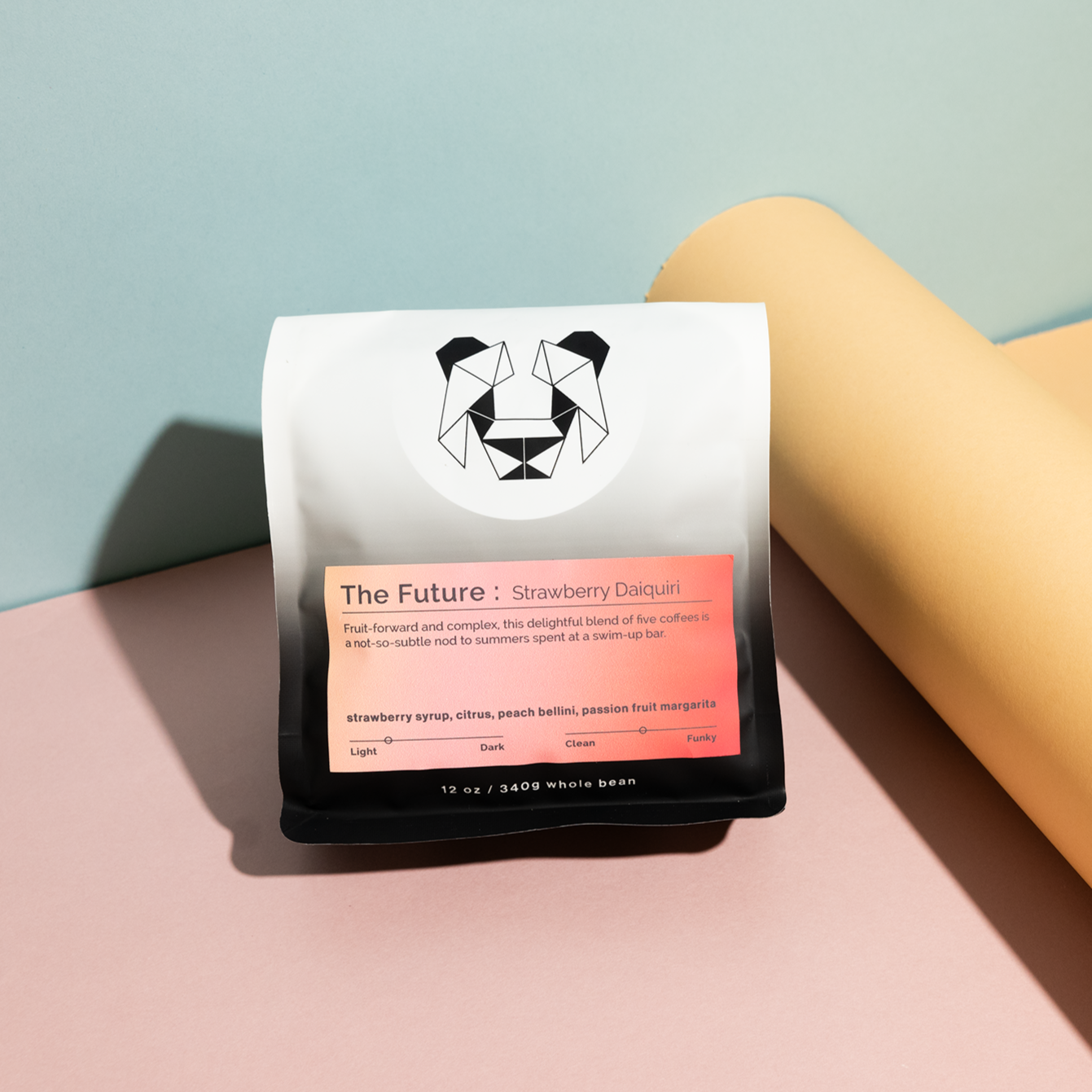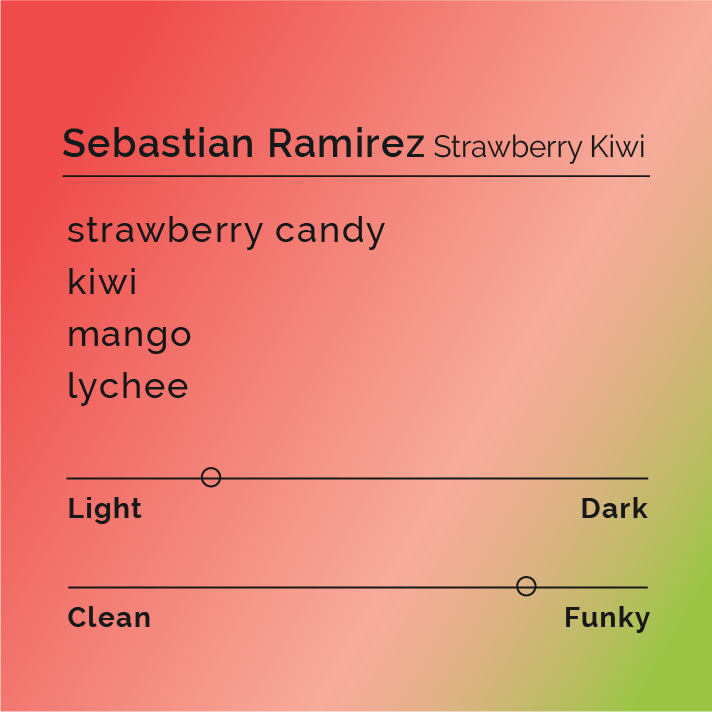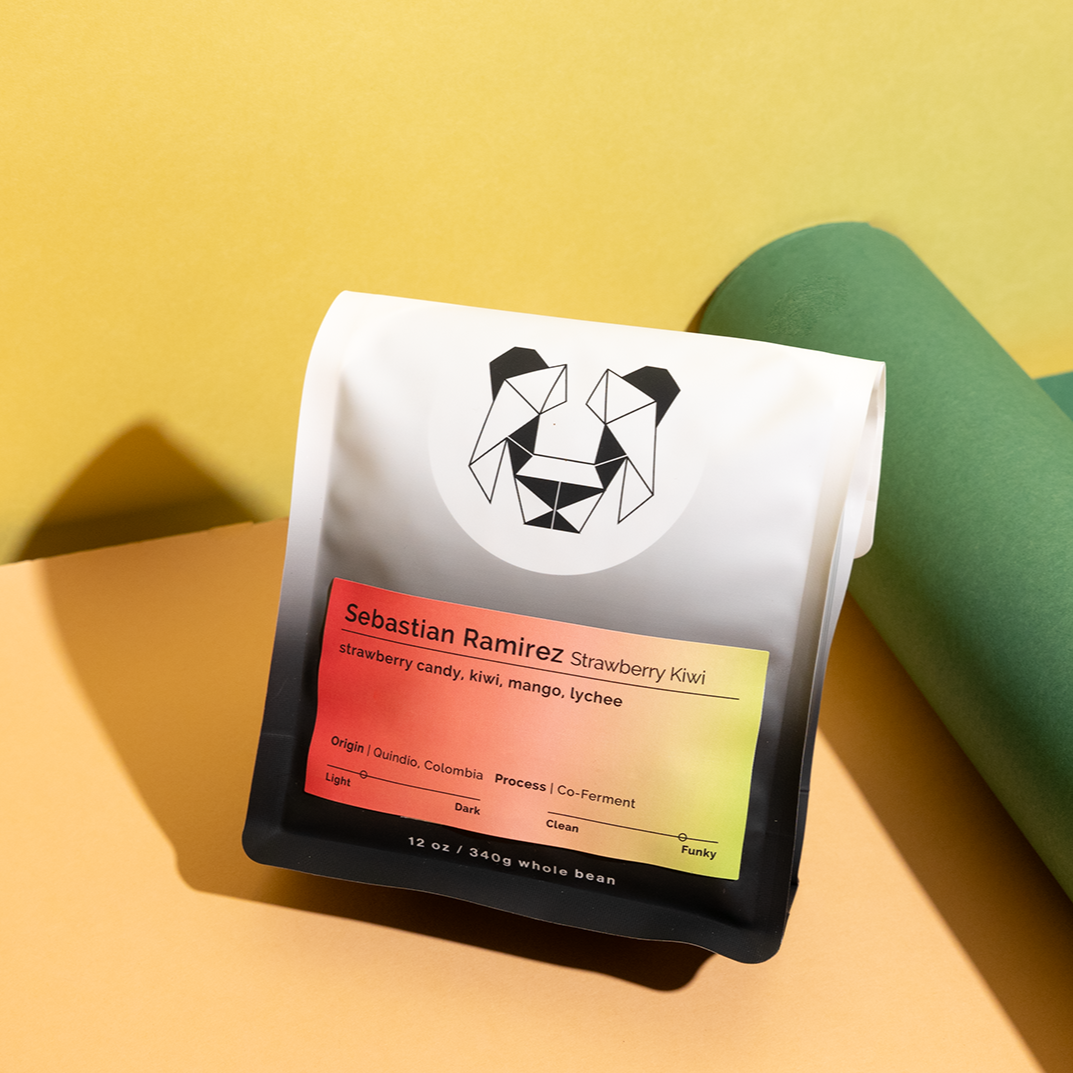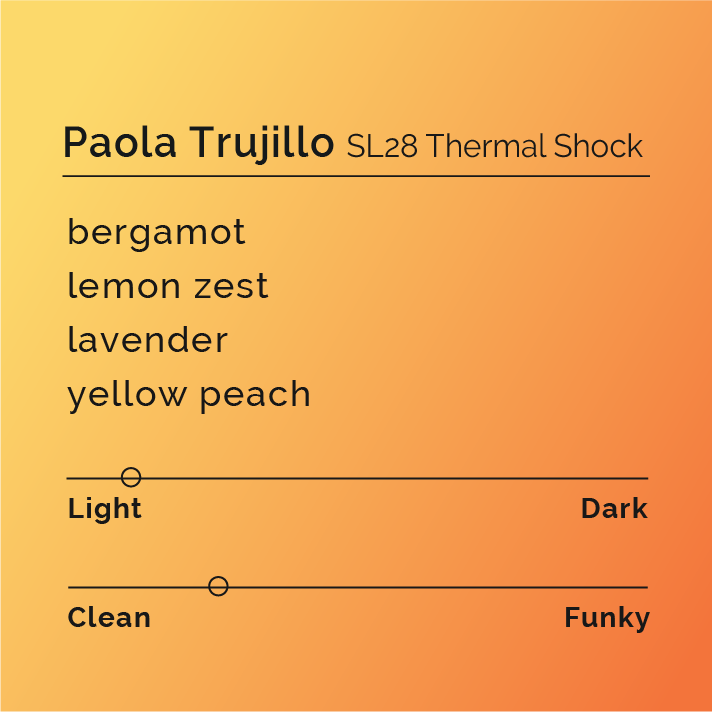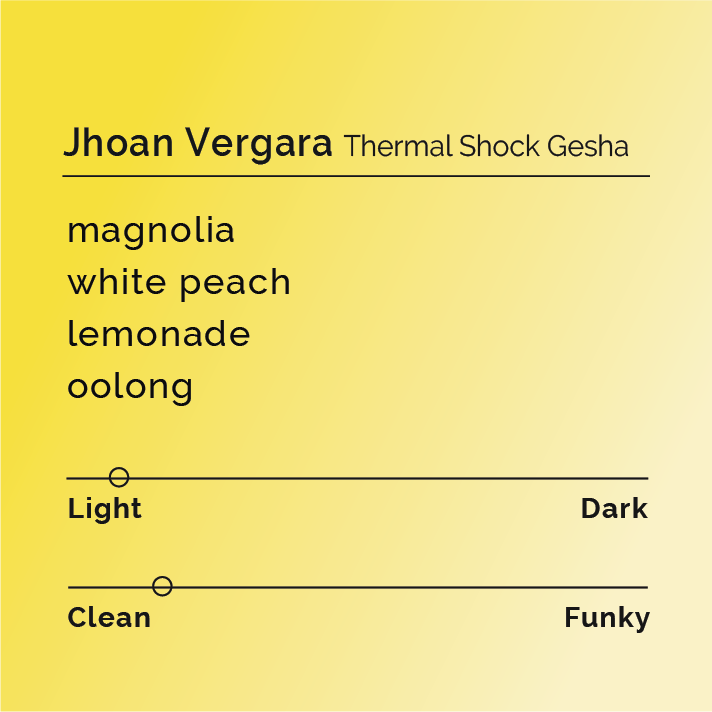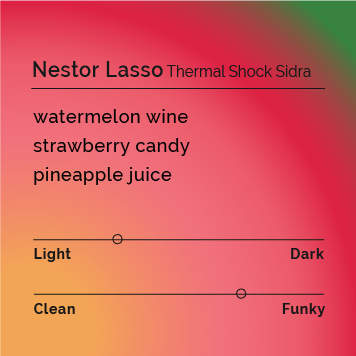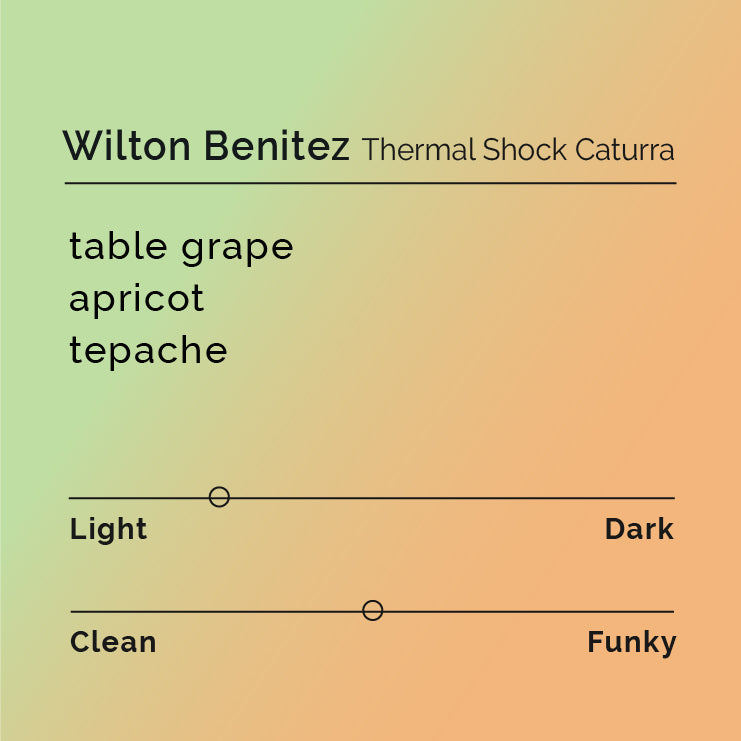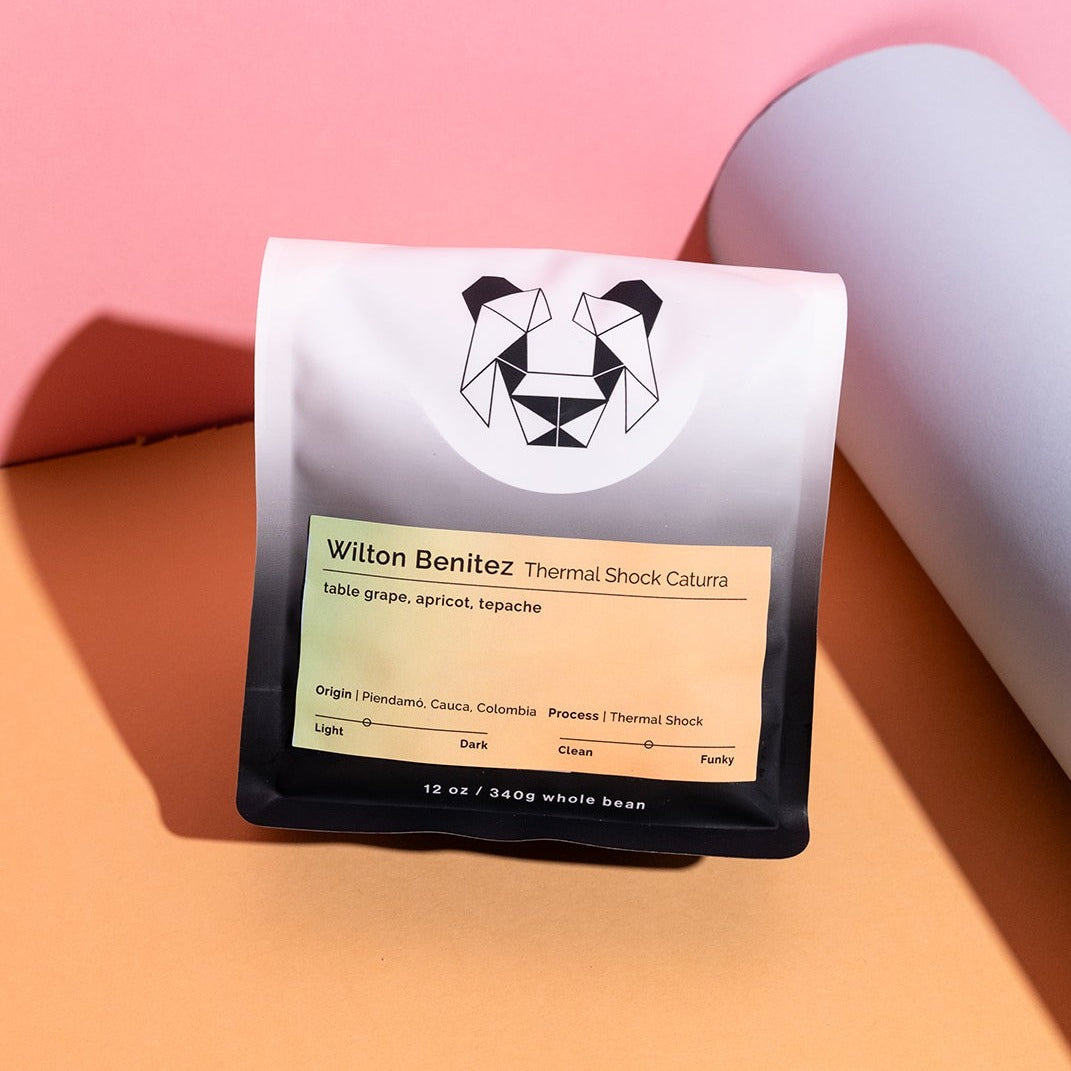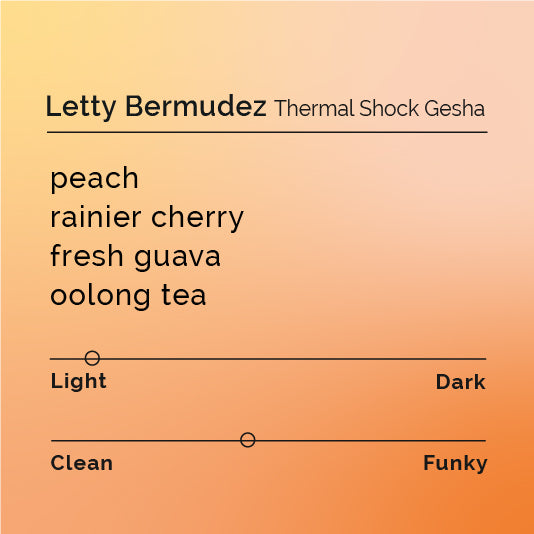Blend Probability
As decadent as a birthday celebration should be, each batch of The House That Gesha Built contains a staggering 10 lots of Gesha variety coffee. If that seems absurd—good. It is absurd!
When we first announced this release, we received a great question on Instagram: with so many coffees, isn’t it possible that a dose of this coffee could exclude one or two components?
Our answer: it certainly is possible. It’s extremely likely!
The House That Gesha Built is a gleeful celebration of phenomenal coffee, and we believe that any constellation of these stellar Geshas results in a memorable cup. And according to the rules of probability, it’s likely that no two brews will be quite the same.
While The House That Gesha Built intentionally pushes this principle to its extreme, all blends present this same statistical dilemma, where the actual mix of coffee may vary between shots of espresso or pour-over doses.
Compound event probability helps us understand the odds of our coffee dose reflecting the overall blend composition. The formula is simple: convert the percentage of all blend components to decimals, then multiply all decimals to determine the odds.
For example, let’s consider a reasonably uncomplicated blend with three components: Coffee A is 50%, Coffee B is 30%, and Coffee C is the remaining 20% of the mix. Multiply 0.5 by 0.3 by 0.2 and you get .03, or a 3% chance of a random sample showcasing the true blend recipe.
Now let’s imagine you’re using this blend for espresso, dosing 18 grams of coffee for every shot. With a 3% chance of finding the true blend recipe in your portafilter, you’re only going to dose the true blend once per every 1.3 pounds of coffee used.
This assumes that all coffee gets a fair shot of ending up in the portafilter, too. We’re not considering how each coffee seed’s shape and size will cause layering in a bag or in a grinder hopper. And we’re not accounting for each bag being dosed from a much larger batch of blended coffee, further cutting into the probability of a “true blend” in every cup.
Feeling discouraged by brewing blends? Don’t be! This is the part where statistics take a backseat to raw human experience and the power of tasting.
Just because a dose of coffee doesn’t perfectly match the roaster’s blend doesn’t mean it won’t convey the intended flavors. A single coffee seed can transform a cup’s profile, meaning that a very small appearance by a blend component can ensure the conveyance of specific flavors.
Roasters also cup their coffees constantly to ensure their intended flavor profile displays in each batch of coffee. At Black & White, we’re evaluating our blends every roast day, assessing the overarching consistency of flavors in each cup of coffee.
If you’re looking to eliminate blend variation, you can dose out your own blends, combining specific lots of coffee in each dose and grinding through the entire sort. It’s common to see this technique in competition settings, adding an extra layer of assurance that specific flavors convey. This process would be too time-consuming for a busy cafe dosing espresso, but it can provide a workaround for those pursuing a higher degree of control in their coffee’s profile.
It’s worth considering that most “single origin” coffees can be blends in their own way. Harvesting from multiple trees, potentially of different varieties, with varied elevation and irrigation can produce an array of results. The coffee may be harvested and processed on different days, creating different climatic conditions for the final coffee. While most specialty lots will provide a consistent flavor profile, it’s worth considering the ways that these coffees are also composites of many parts.
Whether billed as a blend or a single origin, we encourage you to let taste guide the way for your coffee selection. Forget the components and the compound event probability: close your eyes, take a sip, and remember: if it tastes good, it is good.
What Does Thermal Shock Process Mean?
Is this the coolest name for a coffee processing method? Most definitely. Can thermal shock coffees taste delicious? No doubt about it.
Thermal shock processing originated at Finca el Paraiso, an innovative farm in the Cauca Department of Colombia. Diego Bermudez and Wilton Benitez—two names you may recognize from the Black & White menu—partnered at this farm during the creation of this signature process. Diego Bermudez’s Red Plum release rocked the coffee industry, causing many to insist the coffee was infused with additives, while its bouquet of flavor originated only from intentional, intensive processing.
The namesake of thermal shock processing relates to heating and rapid cooling of the coffee during the fermentation process. While it’s tempting to define thermal shock as a monolithic concept, the temperature adjustment is only one stage of the fermentation. A thermal shock may be employed before de-pulping at the beginning of a washed process, as is the case with Paola Trujillo’s SL28 Thermal Shock release. More typically, however, a thermal shock is one part in a multi-step, intensive processing method, as is the case with coffees from Wilton Benitez and Diego Bermudez. Diego and Wilton sterilize their coffee fruit with ozonated water, reducing the native microbial load on the fruit. Wilton takes an extra sterilization step by employing ultraviolet light to eliminate any remaining microorganisms. This decontaminated fruit moves into an anaerobic environment to begin fermentation.
Using signature yeast strains selected from wild samples, the producers pitch yeast culture into the fermentation tanks. Most coffee ferments only with its wild yeast, yet Wilton and Diego manipulate this culture to ensure a controlled process that produces a designated result. The yeast consumes sugars in the fruit, breaking down its mucilage and acidifying the tank’s contents. Once coffee is removed from these initial tanks, the juice is preserved and fed with more yeast to develop a stronger culture. The coffee is fully de-pulped, then left to anaerobically ferment in the juice, before transference to a final aerobic fermentation step, which lasts longer than either of the two previous steps.
At the end of this fermentation journey, the thermal shock takes place. The coffee is heated in its juices, up to a temperature between 104 and 122 degrees Fahrenheit. The theory behind this step is to expand the pores of the coffee, allowing the seeds to absorb more of the juice’s esters, before the seeds are cleaned with cold water. Around 50 degrees Fahrenheit, this shock causes the contraction of pores, locking in the essences of the juice. It’s possible that the rapid heating and cooling of the coffee also halts enzymatic processes in the coffee, as is the case in vegetable blanching. However, as with many elements of coffee processing, scientific research is needed to determine the true root of thermal shock’s flavor impact.
While we describe thermal shock as a distinct processing method, it’s important to remember how much it interplays with other steps of the process. The impacts of depulping, yeast inoculation, and oxygen exposure can all have distinct effects on the final cup profile, yet it’s undeniable that the thermal shock itself can also have an intensive impact on the coffee flavor. For now, we’ll set the science aside and simply enjoy the beautiful flavors that thermal shock coffees have to offer. Complex, fragrant, vibrant coffees will always be at the heart of Black & White, no matter how wild or mild their processing may be.

